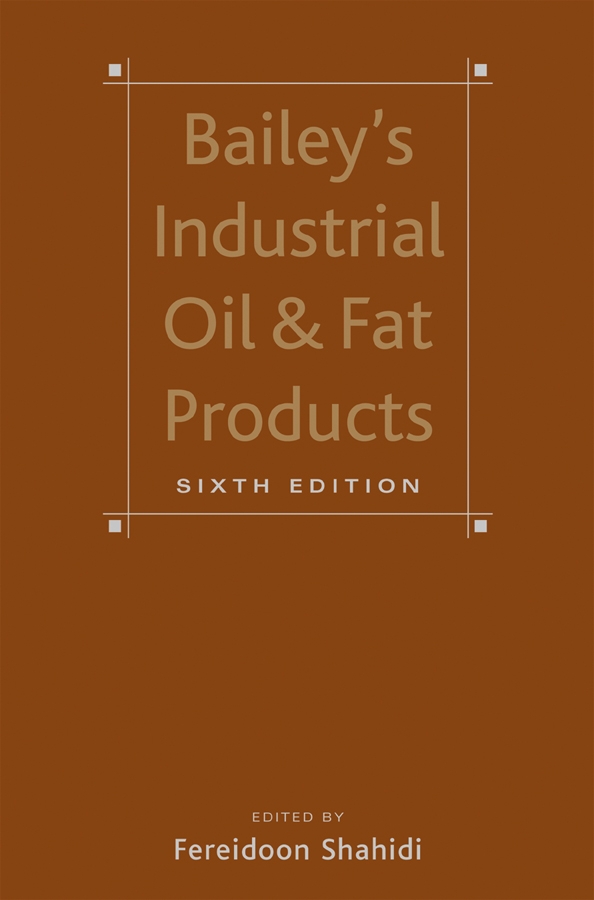Shortenings: Types and Formulations
Abstract
Shortening has historically been referred to a solid fat that is added to a dough to prevent the development of long strands of gluten in a baked product. This results in crumbly, dense doughs that are required in the production of various confections. Today, the term “shortening” typically describes a vegetable oil-based ingredient; while in baking applications, either vegetable shortening or the more traditional lard can be used somewhat interchangeably. The composition of shortening has evolved significantly, and today's shortenings may contain mixtures of solid and liquid fats as well as additives like emulsifiers, and antioxidants, among others.
Specific topics discussed in this article are source oils, shortening attributes, a base stock system that uses a limited number of hydrogenated stocks for blending, formulations, crystallization, plasticized shortening consistency, liquid opaque shortenings, and shortening chips and flakes.



